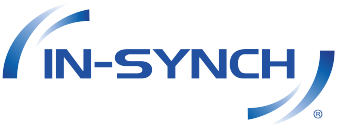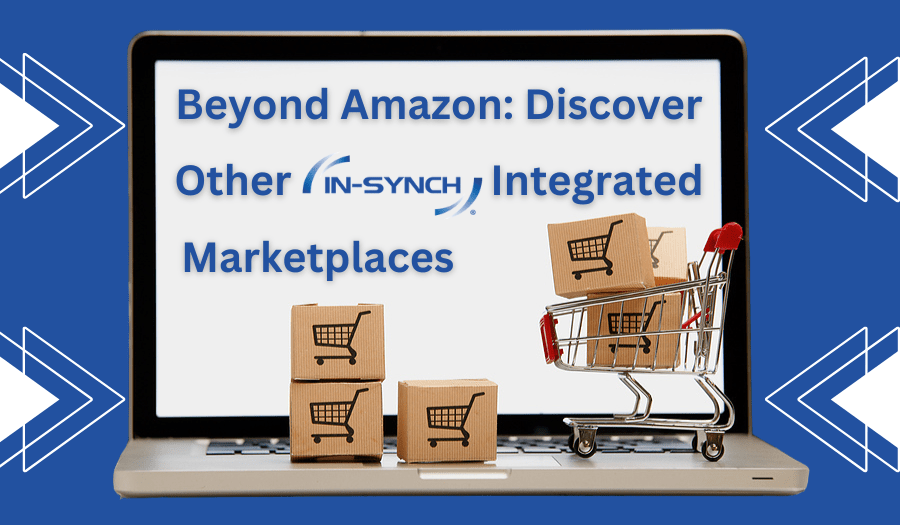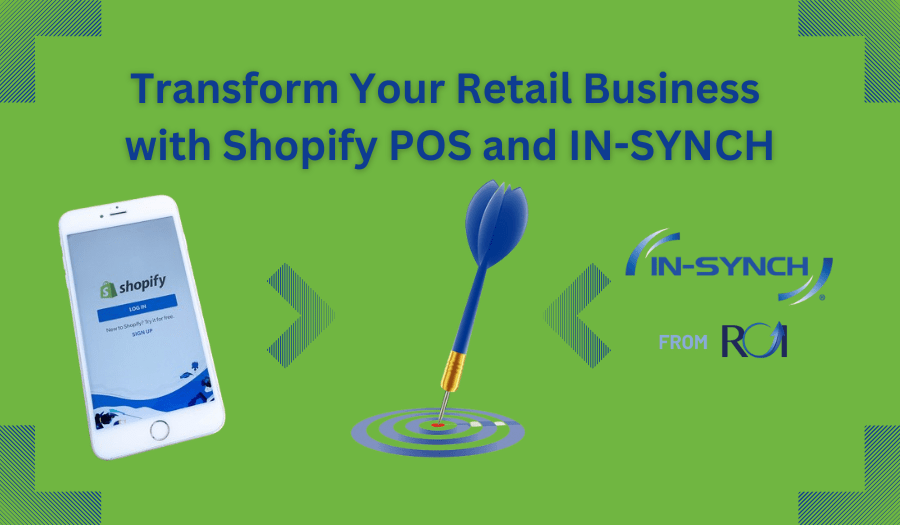By Ruth Richter • December 04, 2019
Through the years, IN-SYNCH Sage 100 integration users have had tremendous success with automation and there are many different configurations our customers are using. Whether your integration is straightforward or complex, whatever data you want to integrate with Sage 100, IN-SYNCH can do it.
Orders, Pricing and Inventory Quantities On Hand
Our most basic data integration includes connecting Sage 100cloud with a website or marketplace to import orders to Sage 100 and, once the order has been picked/packed/shipped, the solution will send the tracking number to the platform for tracking notifications. The increase in orders through the ecommerce platform can cause great pressure on a manual system with the need to manually enter them into the accounting system for fulfillment.
More advanced integrations add on pricing synchronization and inventory quantities. Most customers prefer the Sage 100 system be the “source of truth” for inventory. Since ecommerce orders affect inventory, quantities need to be updated in the Sage system. These quantities need to be available to the ecommerce system, so customers know when the stock is getting low or if there is a backorder. Pricing synch is also handy if prices are changing regularly.
Automating Returns, Credits, Cancellations
Integrations can be performed not only with new order data, but with edits and cancellations as well. Every Sage customer has a process to handle these changes—but automating the process can become a real timesaver. Often, automating the RMA process takes mapping out the current process and improves the process before the automation can take place, but changes have a direct effect on ERP data and updating that information in real time can help your business continue functioning smoothly.
Giving Customers a Personal Shopping Experience
Some of the most complex custom integrations include features that give the customer a special shopping experience, known in the industry as a “business to business” solution. When launching a new, integrated website, our customers like to have their catalog and their customer accounts imported from Sage 100. Immediately, the customer can log in to their account and see the catalog they are familiar with.
When it comes to wholesalers and manufacturers, different customers may pay different prices. Those who have negotiated deals or consistently place large orders need to see their pricing when they log in to your site. If the ecommerce solution doesn’t accommodate tier pricing and customer-specific pricing, keeping the pricing accurate could be a nightmare to manage if it’s not synchronized between your systems. Synchronized pricing data ensures consistency across information platforms, so customers always see their pricing structure when they log in and aren’t charged more than they expect at checkout. This is one of the custom features we can provide for several of the leading platforms that lends a positive customer experience and fewer headaches in accounting.
Allowing customers to see their orders and order history (no matter where they came from) via a portal is a big bonus and a must-have for a smooth business to business online experience. Being able to access their account 24×7 saves everyone time.
The Integrations Are Endless
While most of these integrations are aimed at providing the best customer experience to retain and grow your business, they also serve to reduce stress and frustration within your team. Manual data transfers limit how much data your business can process in a day to how fast someone can type. But with instant, bi-directional, secure integration through IN-SYNCH, the opportunity for growth is limitless.
Coming into the new year is the perfect time to examine your integrations to make sure you’re making the best connections for your business. Whether it’s time to tighten something up or add something more, the Sage integration experts at ROI Consulting are ready to get you started. Schedule some time with a consultant today.




